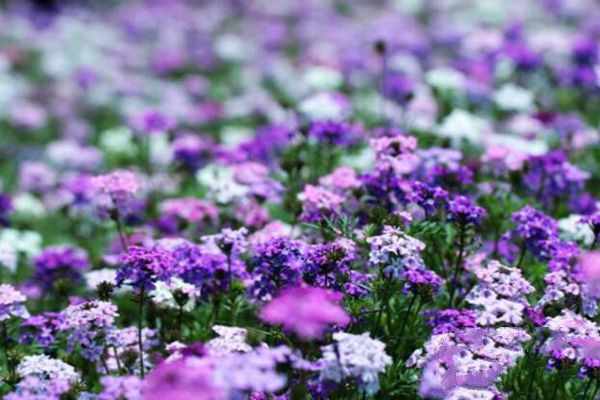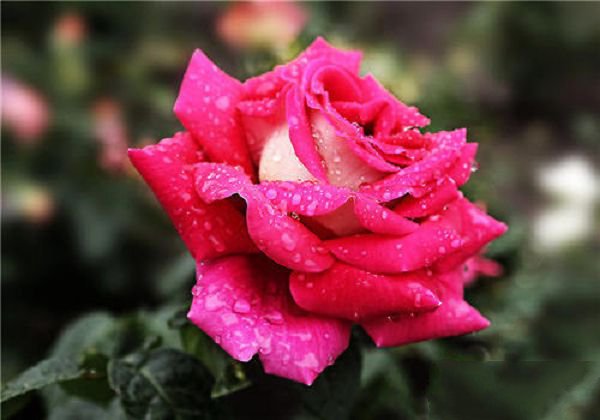Flower jealousy is good for growth and health
The roots of the aboveground parts of flower plants, such as stems, branches, leaves and underground parts, all need air. The air contains 23.08% oxygen, 0.053% carbon dioxide, 75.58% nitrogen, 0.001% hydrogen, 1.28% argon and 0.001% rare gases, which provide for the survival of flowers.
The photosynthesis and respiration of flower leaves must be carried out under the condition of air. Without air, the photosynthesis of flowers cannot be carried out, the production of organic nutrients is blocked, and flowers cannot survive. Properly increasing the content of carbon dioxide in the air will increase the photosynthesis of flowers and trees. However, when the content of carbon dioxide in the air reaches more than 2% to 5%, it will inhibit the photosynthesis of flowers. Too much carbon dioxide can harm flowers and trees.
In the greenhouse, the use of excessive organic fertilizer will increase the content of carbon dioxide in the soil by 1% and 2%, resulting in poor breathing of flower roots and breeding of diseases and insect pests. The roots of flowers also need air in the soil, if too much watering, poor drainage or soil consolidation, lack of air will cause difficulty in root respiration and cause rotting roots. Continuous lack of air will cause plant death.
No matter the seedlings or tall flowers should be well ventilated to maintain the balance of carbon dioxide and oxygen in nature. Poor ventilation will accelerate the reproduction of bacteria in the soil and the retention of bacteria in the air, making flowers susceptible to diseases. Under the condition of ventilation, even if placed in a cool place, the transpiration of flowers and the evaporation of soil water can be carried out normally. Flower seed germination also requires a certain amount of oxygen and humidity. If the chrysanthemum and Persian chrysanthemum seeds are soaked in water, the germination will be blocked due to hypoxia.
In general, the optimum temperature for the growth of flowers and plants is 20-25 ℃. For example, watering with warm water of 20-25 ℃ can accelerate the decomposition of organic matter in soil, promote the absorption of root cells, enhance the transport capacity of roots, supply sufficient nutrients to branches and leaves, and promote early germination, early budding and early flowering of flowers. This is because the average temperature of the leaf and stem of the plant is generally higher than that of the root. Watering with warm water can accelerate the decomposition process of organic fertilizer and supply sufficient nutrients to leaves and stems in time. If the cold water is poured, the root temperature is low and the nutrients decompose slowly, it will produce the phenomenon that the supply of nutrients exceeds the demand and affect the growth and development of flowers.
In winter, most flowers are dormant or semi-dormant, and the root activity is greatly reduced. if the flowers are watered with cold water, it may cause damage to some flowers, but if the water temperature is too high, the roots will also be scalded, causing local damage, or even the death of the whole plant. Therefore, it is safer to water the flowers with warm water. In addition, early spring sowing or potted seedlings, with warm water sprinkler irrigation, can also promote early emergence of seedlings.
Related
- What if the leaves of potted flowers turn yellow?
- Florescence Control of several Flowers
- Anti-freezing technology and post-freezing nursing technology of flowers
- What is the classification of flowers? What are the common methods of flower classification?
- Prevention and control of alkali and acid damage of flowers in courtyard
- Technology of Anti-freezing and restoring growth of Flower seedlings in greenhouse and greenhouse
- How does flower fertilization not hurt the root? Fertilization technology of flowers
- Key points of disinfection in flower greenhouse
- Several pesticides that are banned or used cautiously in flowers
- How to fertilize the flowers that watch the leaves?



